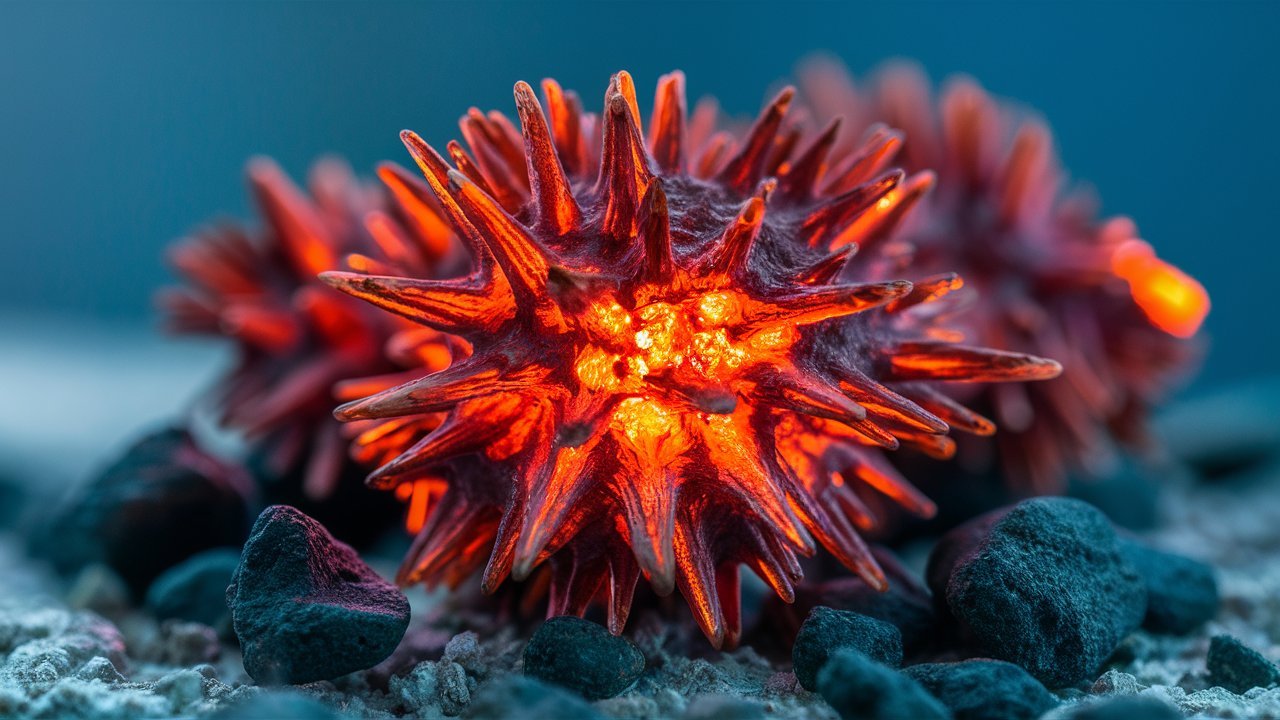
What is Alacránite? Alacránite is a rare mineral that intrigues both scientists and collectors. Discovered in 1975, this mineral is named after the Alacrán mine in Chile, where it was first found. Composed mainly of arsenic and sulfur, it forms in hydrothermal veins. Its striking metallic luster and unique crystal structure make it a standout in any mineral collection. But why should you care? Knowing about Alacránite can deepen your appreciation for Earth's geological wonders. Whether you're a budding geologist or just curious, these 10 facts about Alacránite will spark your interest and maybe even inspire a new hobby.
What is Alacránite?
Alacránite is a rare mineral that intrigues many due to its unique properties and origins. Found in specific geological settings, it has a fascinating history and composition.
-
Alacránite is a sulfide mineral composed primarily of arsenic and sulfur. Its chemical formula is As8S9.
-
This mineral was first discovered in the Alacrán mine in Chile, which is how it got its name.
-
Alacránite typically forms in hydrothermal veins, often associated with other arsenic minerals like realgar and orpiment.
Physical Properties of Alacránite
Understanding the physical characteristics of alacránite can help in identifying and studying this mineral.
-
Alacránite usually appears as yellow to orange-red crystals, which can sometimes be translucent.
-
The mineral has a resinous to greasy luster, making it quite distinctive when compared to other minerals.
-
It has a Mohs hardness of 1.5 to 2, meaning it is quite soft and can be scratched easily.
Where Can You Find Alacránite?
Alacránite is not found just anywhere. Its occurrence is limited to specific regions and geological conditions.
-
Besides Chile, alacránite has also been found in Russia, particularly in the Ural Mountains.
-
The mineral is often located in areas with significant volcanic activity, where hydrothermal processes are common.
Uses and Significance of Alacránite
While not widely known, alacránite has some interesting applications and significance in various fields.
-
Due to its arsenic content, alacránite is primarily of interest to mineralogists and geologists studying arsenic minerals and their formation.
-
The study of alacránite can provide insights into the environmental conditions and geological processes that lead to the formation of arsenic-rich minerals.
Alacránite's Unique Story
Alacránite, a rare mineral, holds a unique place in the world of geology. Found primarily in the Alacrán mine in Chile, this mineral is a fascinating blend of arsenic and sulfur. Its striking metallic luster and distinct crystal structure make it a subject of interest for mineralogists and collectors alike.
Despite its rarity, alacránite offers valuable insights into the geological processes that shape our planet. Its formation involves high-temperature hydrothermal activity, providing clues about the Earth's thermal history. Additionally, studying alacránite can help scientists understand the environmental conditions that lead to the formation of arsenic-rich minerals.
In essence, alacránite is more than just a mineral; it's a window into the Earth's dynamic processes. Whether you're a geology enthusiast or a casual reader, the story of alacránite is a reminder of the incredible complexity and beauty of our planet.
Was this page helpful?
Our commitment to delivering trustworthy and engaging content is at the heart of what we do. Each fact on our site is contributed by real users like you, bringing a wealth of diverse insights and information. To ensure the highest standards of accuracy and reliability, our dedicated editors meticulously review each submission. This process guarantees that the facts we share are not only fascinating but also credible. Trust in our commitment to quality and authenticity as you explore and learn with us.


